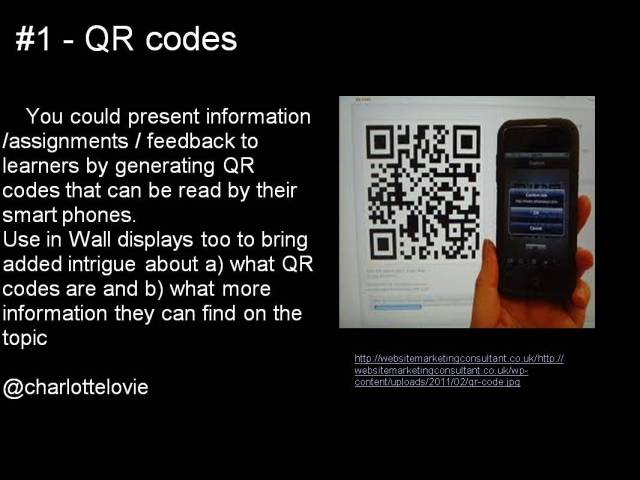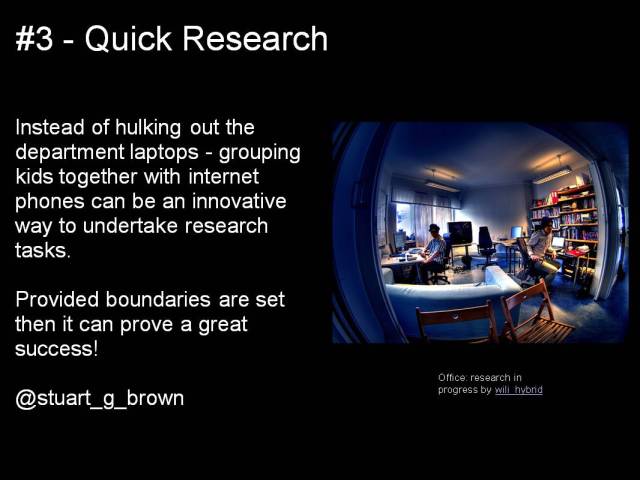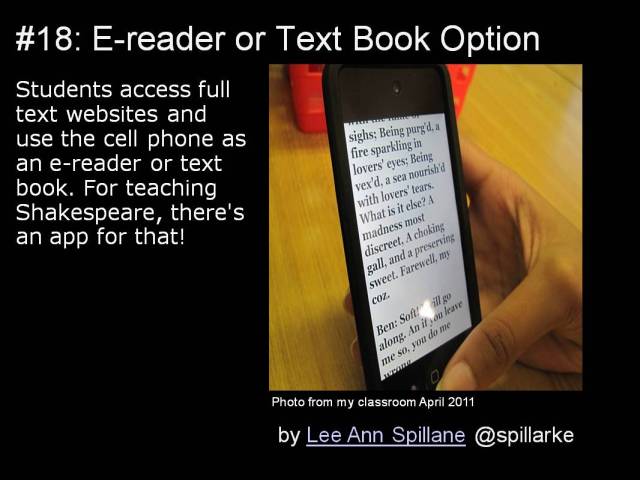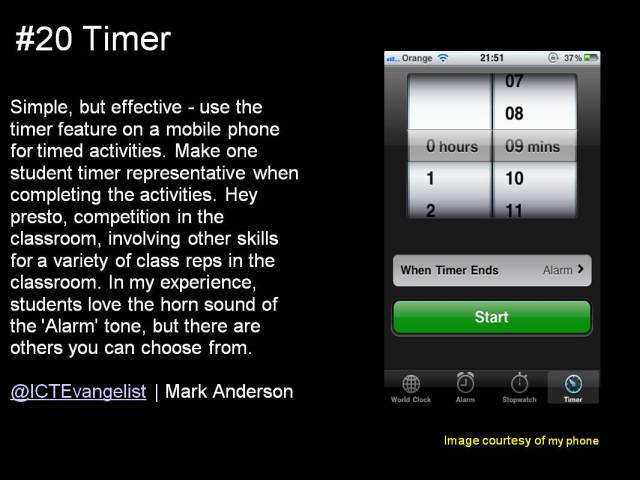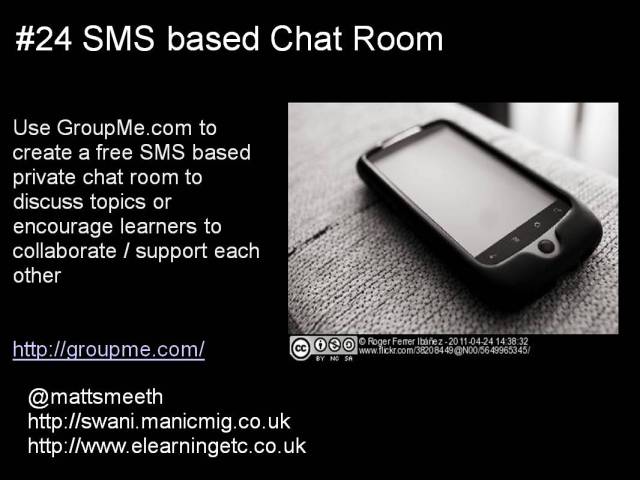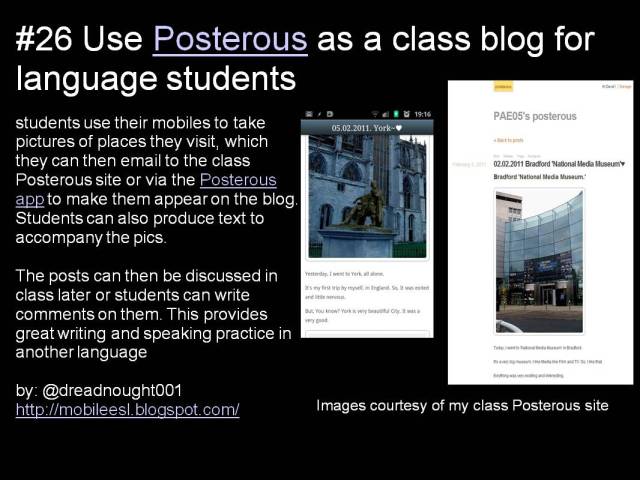We have also covered the issue of improvements in literacy in third world countries on our blog. We have discussed a few literacy projects by Google, TATA (India & Africa), Planet Read’s (India – “Same Language Sub-titling project“), Tastan (Senegal – Jokko Initiative).
A current report titled “Women & Mobile: A Global Opportunity” discussing the mobile phone gender gap in low and middle-income countries has presented some insight into the advantages of bridging the mentioned gap. The report suggests that:
Mobile phone ownership in low and middle-income countries has skyrocketed in the past several years. But a woman is still 21% less likely to own a mobile phone than a man. This figure increases to 23% if she lives in in Africa, 24% if she lives in the Middle East, and 37% if she lives in South Asia.
One of the important impacts of ICTs is on literacy and we will be covering a case from Pakistan about SMS for literacy project by Bunyad Foundation in collaboration with UNESCO and Mobilink (Pakistan telco).
A brief description about Bunyad’s projects by Pakistan Herald is reproduced here:
The schools established under the project were known as ILM NFPE centres and were supported by UNICEF starting with literacy and education in one district Bunyad has gradually expanded both in geographical areas of operation as well as the field of its activities. It is presently active in 18 districts of the province of Punjab and particularly in more than 2000 villages and its programs, in addition to literacy and non-formal education, include projects in such diverse fields as child labour, women empowerment for poverty alleviation, saving and micro credit community development, integrated farming and sanitation, health, reproductive health and environment. Bunyad has been working in approximately 5000 villages in 500 Union councils on various projects in Pakistan.
Bunyad’s work won it international recognition through UNESCO’s awards in contribution to literacy and education. The organization’s president was also awarded Aizaz-e-Fazeelat (Civil award) from president of Pakistan.
 Pakistani mobile operator Mobilink, a subsidiary of Orascom, has learned a great deal about attitudes regarding women and mobile phones, especially as penetration rates soared in Pakistan over the last several years. In addition to creating a product tailored specifically for the women’s market several years ago, Mobilink has sought to demonstrate the power of mobile phones to improve literacy rates for adolescent girls in rural areas of Pakistan where reading materials are often scarce. Yet there is often resistance to girls’ having the independence that mobile phones symbolise.
Pakistani mobile operator Mobilink, a subsidiary of Orascom, has learned a great deal about attitudes regarding women and mobile phones, especially as penetration rates soared in Pakistan over the last several years. In addition to creating a product tailored specifically for the women’s market several years ago, Mobilink has sought to demonstrate the power of mobile phones to improve literacy rates for adolescent girls in rural areas of Pakistan where reading materials are often scarce. Yet there is often resistance to girls’ having the independence that mobile phones symbolise.
For four months in 2009, Mobilink partnered with UNESCO and a local nongovernmental organisation (NGO), Bunyad, on a pilot project in a rural area of southern Punjab province involving 250 females aged 15-24 who had recently completed a basic literacy programme. Each of the girls was provided with a low-cost mobile phone and prepaid connection. Teachers were trained by Bunyad to teach students how to read and write using mobile phones. The company set up a system for the NGO to send out SMS messages in an effort to maintain and improve participants’ literacy, which often lapses because of inadequate access to interesting reading material. Crucially, the low-cost phones were enabled to send and receive messages in Urdu, the local language, rather than in English. The girls received up to six messages a day on a variety of topics including religion, health and nutrition, and were expected to practise
reading and writing down the messages and responding to their teachers via SMS. Monthly assessments of participants learning gains were conducted to assess impact.
Programme organisers encountered considerable resistance on the part of parents and community leaders to the idea of allowing girls to have mobile phones, largely due to the conservative social norms of the area. This resistance began to soften, however, once people began to see the nature of the messages the girls were receiving and the benefits the programme conferred. Exams taken by the girls participating in the programme showed striking early gains in literacy, with the share of girls receiving the lowest scores dropping nearly 80%.
Participants and their families are even taking advantage of other features of the phones, including the calculator. While 56% of learners and their families initially maintained negative feelings toward the programme, 87% were satisfied with its results by the end. Families also appreciated the greater sense of security that being able to contact their daughters or wives provided. Users can pay US$6 to buy their phones at the end of the programme and continue receiving text messages, and Mobilink, UNESCO and Bunyad plan to expand the programme further.
The success of this programme demonstrates how mobile phones can be used to increase the reach and effectiveness of basic education programmes. It also illustrates the fact that suspicion of mobile phones can be overcome by showing parents and leaders how mobiles
can be used to transmit culturally sensitive information whilst increasing girls’ sense of security.
As reported by business recorder, Mobilink has planned to extend this pilot project further.
Uptil now, SMS have been perceived as a threat by academics and the discussion had always been centered around how to curb this nuisance during classrooms, as duly noticed by Micheal Trucano on his blog at World Bank. However m-learning initiatives are changing the landscapes of education. Trucano also referred to another interesting m-learning project from Pakistan. He notes that:
In Pakistan, some innovative folks are exploring how basic text messaging (SMS) can be used in the education sector to the benefit of people with even very low end mobile phones, leveraging the increasing high teledensities found in communities across the country.
Thinkchange Pakistan notes that:
The Asghar Mall College pilot project where 150 students who had their mobile phone numbers on file began participating in a daily vocabulary quiz exercise delivered by SMS. These young men from middle to lower middle class backgrounds were sent simple multiple-choice questions. Texts were addressed to each student individually, using the equivalent of a ’mail merge’ function. The students would reply via SMS, and then receive an automated response based on their answer. In this response, a notation was made about whether the answer given was correct or not, and then the correct answer was incorporated into a sample sentence.
Based on the results of the pilot, the Provincial Education Department of the Government of the Punjab is showing interest in exploring these activities further. The project principals have already started thinking about expanding the scope of their activities. For example they are currently toying with the idea of sending text messages to parents to encourage further parent involvement in the student’s academics.
Another similar concept of m-learning is being implemented in Niger and is worth visiting.


